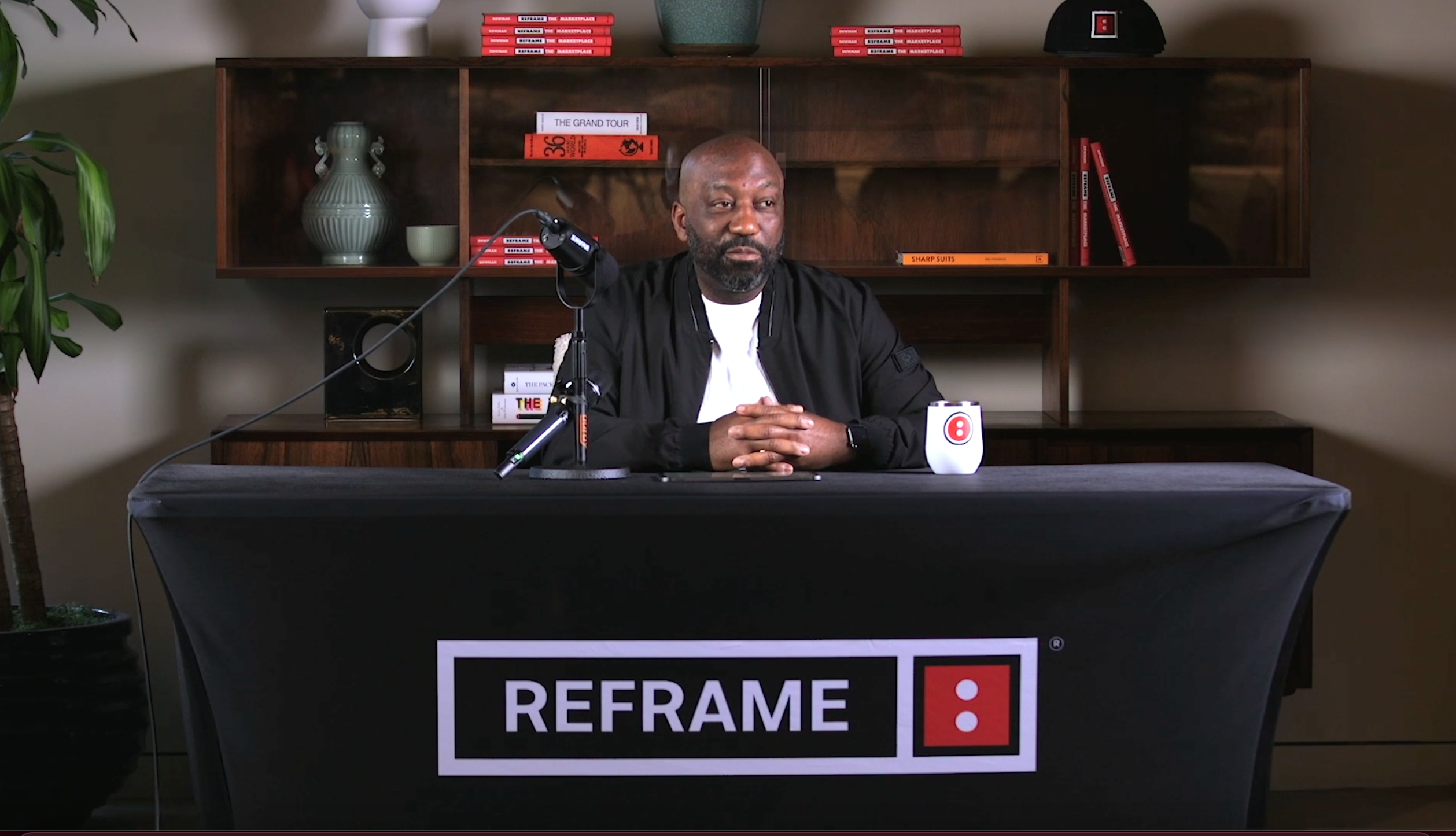Demographic Suppression – What is it?
What does it mean to the Future of Work and Marketplace?
Last week, the United States Supreme Court struck down the act of adding a question to the U.S. Census: “Are you a United States Citizen?”
The decision has significant implications to the Future of Work and Marketplace. Although the decision was not taken well by President Trump, efforts continue to explore alternative actions like asking the Depart of Justice (DOJ) to add the question before printing the 2020 United States Census or deliver an executive order.
All three tactics are examples of Demographic Suppression™. What is demographic suppression? What does it mean for brands and businesses?
Demographic Suppression™
Ever since 1790, when the first United States (U.S.) Census was conducted and enshrined in Article 1, Section 2 of the Constitution; it calls for an “enumeration” to be made of the populace “within every subsequent term of 10 years.” We are in the midst of a demographic crossroad!
The 2020 U.S. Census, if the U.S. Supreme Court decision is upheld, will likely provide the following findings and insights:
- A higher level of accelerated growth of women and people of color demographic segments vs. the 2010 U.S. Census
- The highest demographic segment percent (%) increase will likely come from two or more races (a historical first).
- What this likely means is a new majority is here well before 2040 as predicted by most demographers.
For some, this presents a huge issue because of what’s at stake. Similar to data suppression, Demographic Suppression™ refers to the process of withholding, adding or removing select information that —most commonly in public reports and datasets—to protect the identities, race, ethnicity, privacy, and personal information of individuals, teams or groups whom might otherwise not benefit from the act.
For businesses, Demographic Suppression™ is often used to hide or shield inequities for when the act negatively impacts women and people of color.
One example is in terms of talent acquisition and retention numbers for women and people of color. In most organizations, women and people of color talent acquisition and retention numbers are the inverse to their year-over-year population growth numbers.
Another example is when large companies open bids for large contracts. What we are seeing is Demographic Suppression™ being used to prevent women and minority owned businesses from competing for large and scalable portions of the contract.
A third example of Demographic Suppression™ is when fighting for equal pay for women or for people of color that combat inequities around employee retention, reward and upward mobility for employees of color. In both cases, Demographic Suppression™ exist with bias.
A fourth example of when Demographic Suppression™ is used in business is when women and minority owned businesses are not rewarded large contracts even though the winning bidder does not reflect the demographic “target” and nor do the employees of the winning organization.
A fifth and final example of when Demographic Suppression™ is used in business is where studies show less than 5% of all venture investment funding goes to women and minority owned founders. Whereas, women make up over half of the United States population and people of color now make up nearly 45% of the U.S. population.
What does this mean moving forward?
- Given the seismic demographic shift happening right before our eyes, brands and businesses have to end Demographic Suppression™ because it has grave consequences for the their workplace (sourcing talent and retaining talent) and their marketplace (market share).
- Brands and businesses must act now to institutionalize change management practices and behavior that reflects the Future of Work and Marketplace.
- Last, for companies to eliminate Demographic Suppression™, they should assess their organizations’ Future of Work and Marketplace readiness across their organization structure, strategy, segments (employee and consumer), systems and solution.
Related Blog Articles






